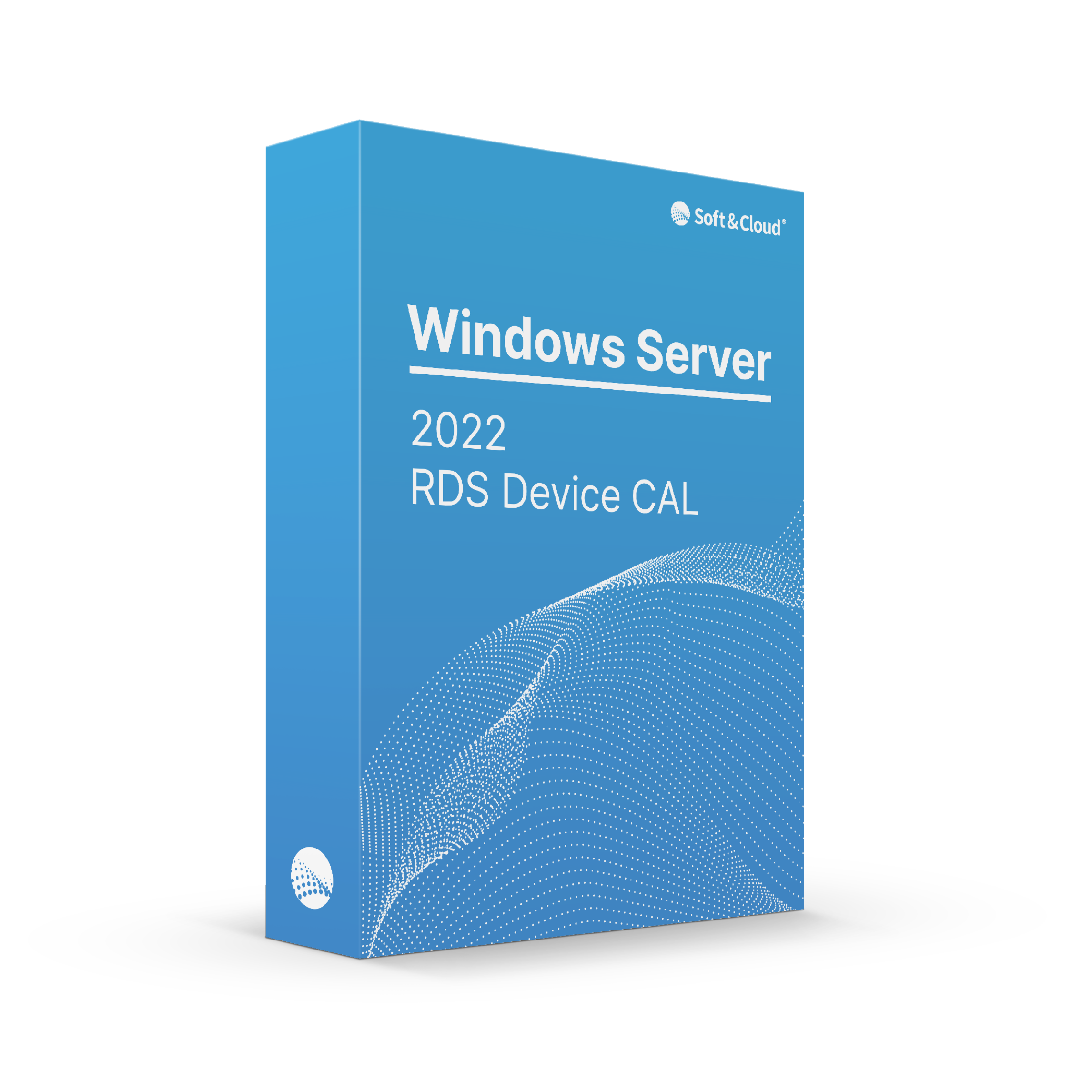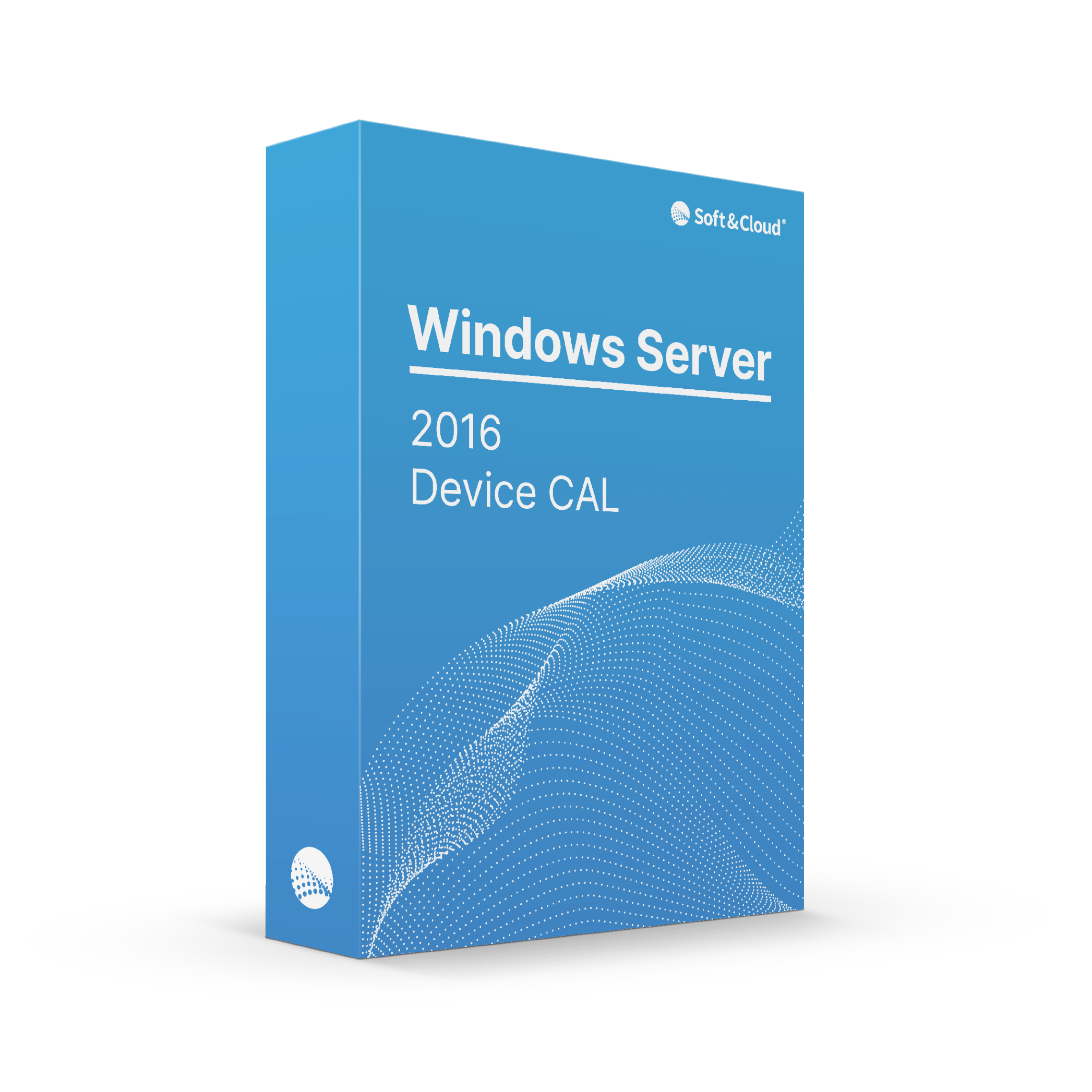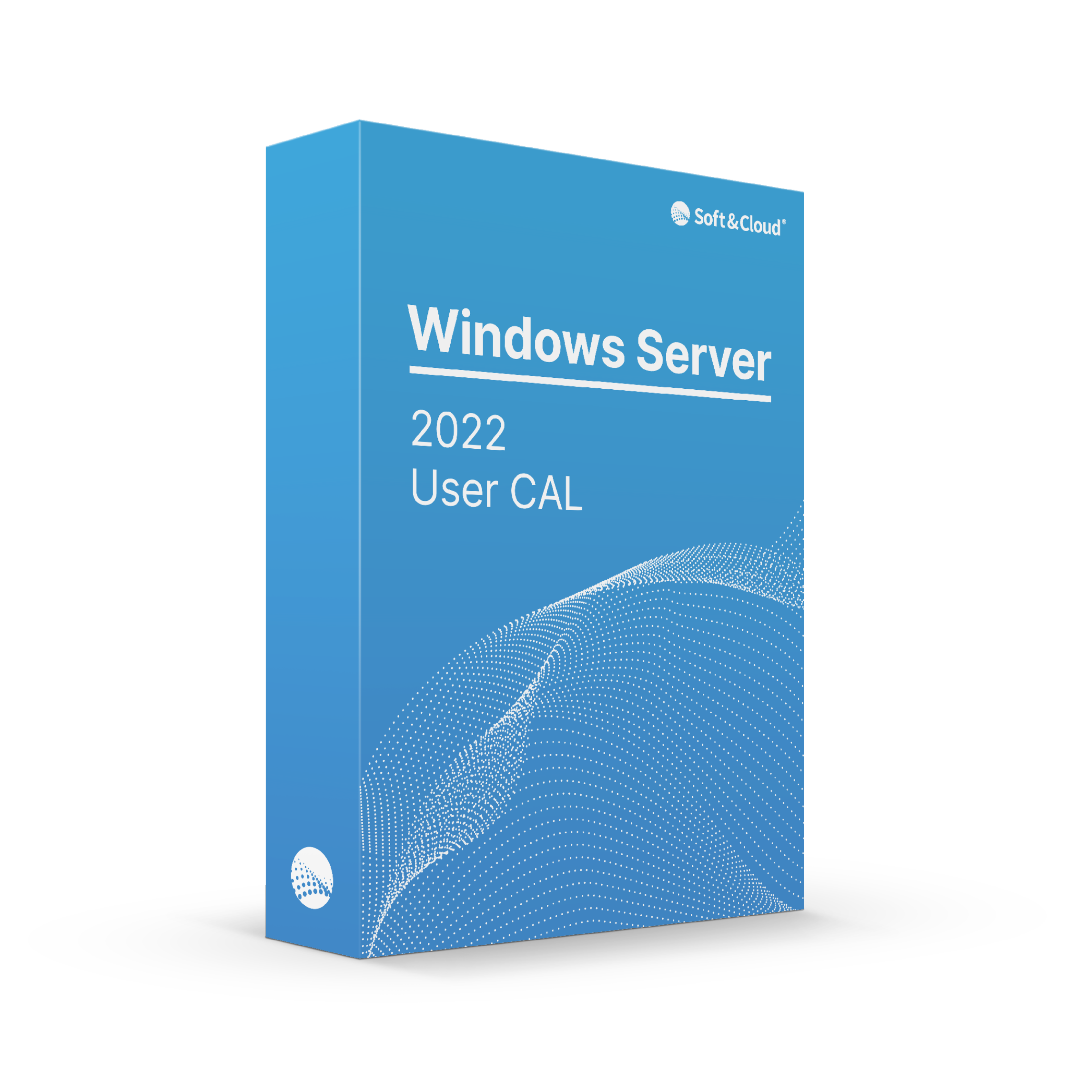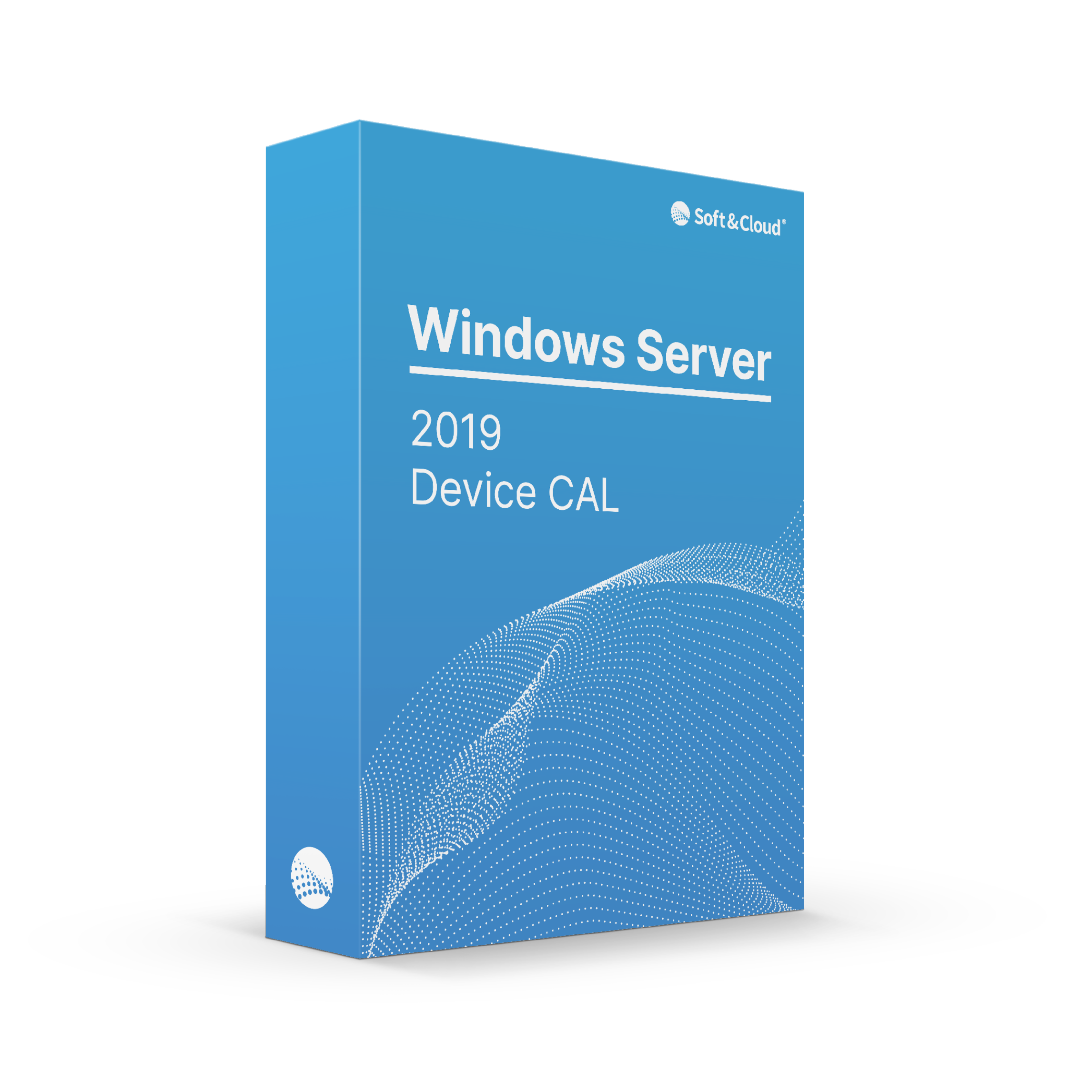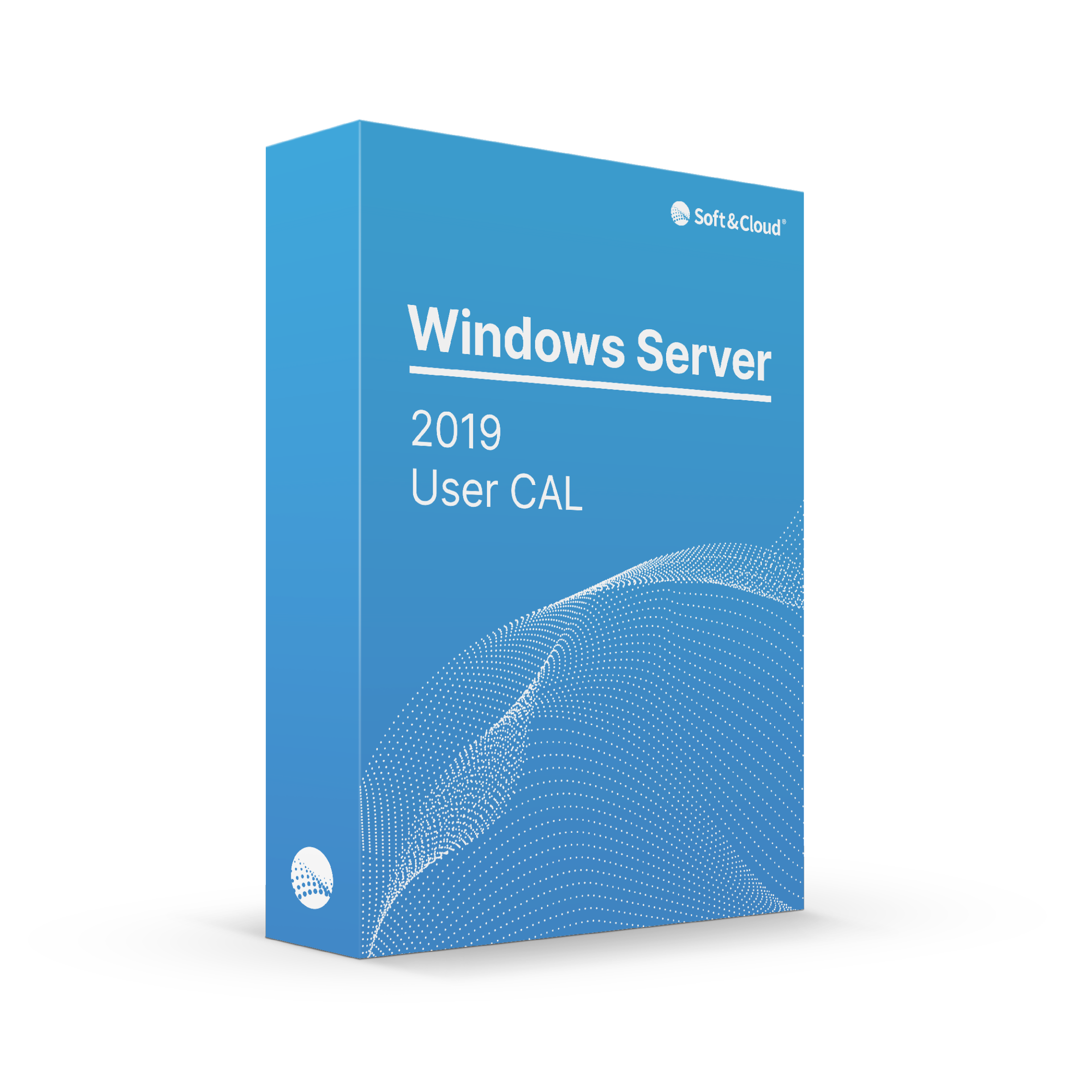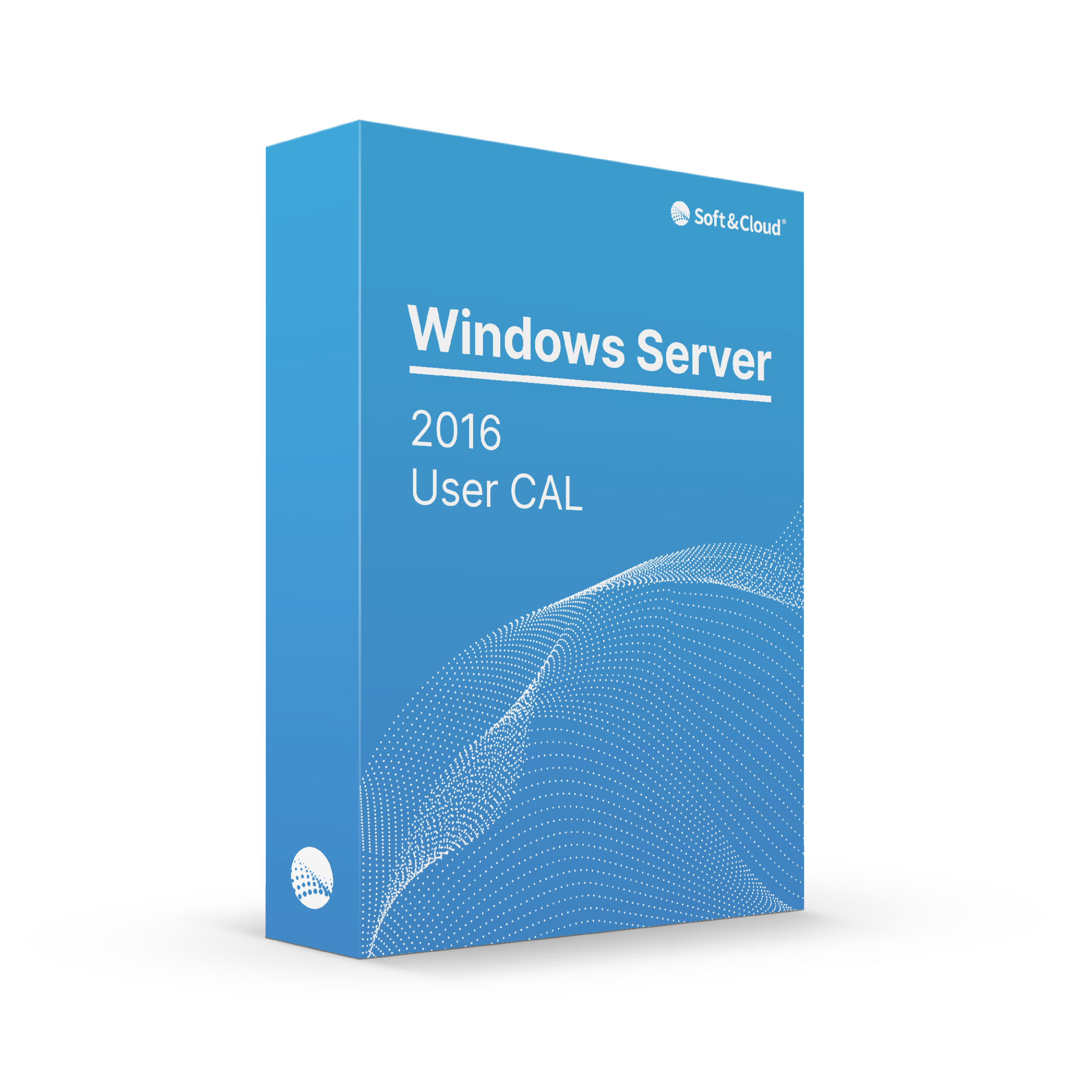
Used Microsoft licences
Cheaper, legal and like new - used Windows Server CAL
Microsoft Windows Server is a reliable and mature operating system for servers that is used by SMEs and international corporations alike. However, for legally compliant operation, a license must be purchased not only for the operating system itself, but also for its use, a so-called Windows Server CAL (Client Access License). This license must be purchased and verified for each user who accesses the server or the services installed on it (User CAL for Windows Server). Alternatively, a Windows Server CAL can also be purchased and used for each device that has server access (Device CAL).
Because the topic of Windows Server CALs is often perceived as very complex and complicated, not only by IT laypersons, we have compiled the most important information about Windows Server CALs for you here. If you have any further questions about licensing, please feel free to contact us.
What is a Windows Server CAL?
For the licensing of its operating systems for servers, Microsoft does not only charge a license fee for the operating system, as is usual for Windows 10 or 11 or for applications from the Office family, for example. Instead, companies must purchase a Windows Server CAL License for each user or device.
However, a CAL for Windows Server is only ever valid for the version of Windows Server for which it was purchased. However, it is possible to access and use older Windows Server versions such as Windows Server 2019 or 2016 with a Windows Server 2022 CAL, for example. Older versions of the server software can therefore be used with a CAL for a newer version. In the opposite case, however, a completely new license is required. A CAL Windows Server 2019 is therefore not sufficient if the company is switching to the latest version. Instead, a CAL for Windows Server 2022 is required. In this case, the Windows Server 2019 CAL can be sold to Soft & Cloud, for example, to limit the costs of the IT migration.
License overview Windows Server CALs
Various CAL variants are offered for Windows Server: A Windows Server 2022 User CAL licenses a user who can use it to access the Windows Server regardless of the device. The license is therefore purchased for a specific user stored in the system, who can then access the server and use its services via any number of different devices.
With a Microsoft Windows Server 2022 Device CAL, on the other hand, access to the server by a specific device is licensed, regardless of which users access this device.
To emphasize once again: both the User CAL and the Device CAL are valid and legally compliant Microsoft Windows Server CALs. Both entitle you to access the server and use its services for an unlimited period of time and in unlimited quantities - only once as a named user and once as a device.
However, if an employee not only accesses a Windows server in the office, but also via Remote Desktop Services (RDS), e.g. via a terminal server on the road or from the home office, a User CAL alone is not sufficient. In this case, an additional RDS User CAL must be purchased to license this external access. The following also applies here: the RDS CAL must be valid for the server version; with a Microsoft Windows Server 2019 RDS User CAL, for example, access to Windows Server 2022 is not possible or permitted, as this requires a Windows Server 2022 RDS CAL for this user.
Technically, however, only RDS Device CALs prevent excessive assignment, as they - like the RDS User CALs - are stored and assigned on the license server. This prevents additional clients from being able to log on to the RD Session Host server without a valid RDS Device CAL, which would be perfectly possible with an RDS User CAL, but violates the license agreement with Microsoft.
Which Windows Server CALs are required for my company?
In principle, access to a Microsoft Windows Server must be licensed with CALs. The CALs are valid for an unlimited period of time and can be easily resold when they are no longer needed. Nevertheless, companies should consider in advance which and how many CALs are required in order to avoid under-provisioning with licenses as well as purchasing too many CALs, which then tie up capital without really being necessary for legally compliant server operation.
Microsoft's licensing policy gives customers the freedom to choose whether they purchase CALs for their network devices or for the respective users. Mixed use of user CALs and device CALs is also possible and permissible, but not always sensible, as this increases the administrative workload in IT. In addition, there is a general risk of over-licensing with such a mixed CAL structure, i.e. the acquisition of more CALs than are required for the company and the actual user or device structure. It is therefore advisable to decide on a license model and to use it consistently within the company.
The use of User CALs is always recommended if there are more network-compatible devices than users in the company. As more and more devices can be integrated into a network and use network functions, the Windows Server User CAL is the more economical option, especially for small companies. Multifunction devices, network printers, scanners, mail servers or a server-based time recording system each require their own Device CAL, and if these are devices that are also controlled via RDS, the corresponding RDS Device CALs are also required. If the number of these devices exceeds the number of employees (also consider investments already planned in the IT area), you should decide to purchase User CALs.
Device CALs, on the other hand, are suitable for companies in which there are more users than devices. A typical example of this is central workstations in a company that are operated by changing employees in several shifts. Companies that use a large pool of employees on a part-time or mini-job basis are also often better served with device CALs, as otherwise a separate User CAL would have to be purchased and managed for each employee.
With RDS CALs, mixed use of User CALs and Device CALs is also possible. However, as these must be stored and assigned on the license server, we advise our customers to opt for one license type. This causes less administrative effort and avoids over- or under-licensing and the potential problems that can arise from this. They can also quickly and cost-effectively reorder any number of missing licenses from Soft & Cloud, for example to close a license gap identified for an upcoming audit by Microsoft and thus avoid further consequences.
We always advise our customers to buy a sufficient number of CALs when purchasing a Microsoft Windows Server license. You can purchase these at any time and in any required quantity at reasonable prices from Soft & Cloud and thus quickly close licensing gaps in your company.
Conclusion: You can't do without Windows Server CALs - save money with used CALs from Soft & Cloud
To operate Microsoft Windows Server legally and audit-proof, you need to equip your employees or devices with valid CALs. To help you keep your IT costs under control, you can purchase used user or device CALs for Windows Server 2019 and other server versions from Soft & Cloud at significantly lower prices. The CALs offer the same scope of licenses and are easily recognized during audits. These are original licenses that you can also purchase directly from Microsoft in the same form - only at much higher prices.
At Soft & Cloud, you can obtain CALs for Microsoft Server 2016, 2019 and 2022 for both users and devices. We can also offer you RDS CALs for users and devices for these server versions.
In any case, these are valid licenses issued by Microsoft, which we purchase worldwide and then offer at significantly lower prices. As these licenses are valid for as long as the corresponding server is supported by Microsoft, you do not have to worry about wear and tear or similar - because like used software, CALs do not age, do not lose any functions and do not change in quality when bought or sold.
Frequently asked questions and answers
How many Windows Server CALs do I need?
You need one Microsoft Windows Server User CAL for each user or one Device CAL for each device. It is therefore worth first carrying out an internal audit to determine whether there are more network-compatible devices in the company (in which case User CALs would be cheaper) or more users accessing the server.
How do I check my Windows CAL?
You can determine whether you have licensed enough CALs for your company either by manually recording users, devices and accesses. Alternatively, you can also use license management software, some of which is part of the basic configuration of Windows Server or is developed and distributed by third-party providers.


